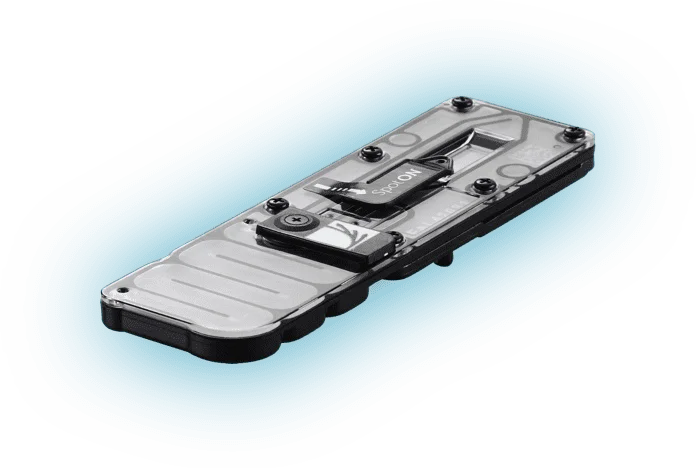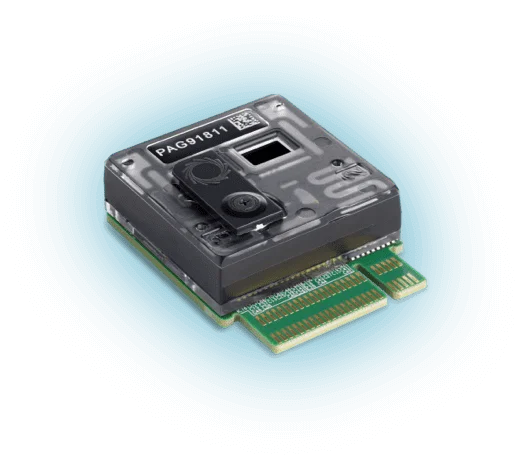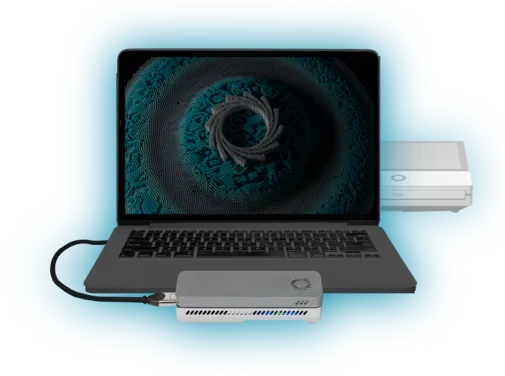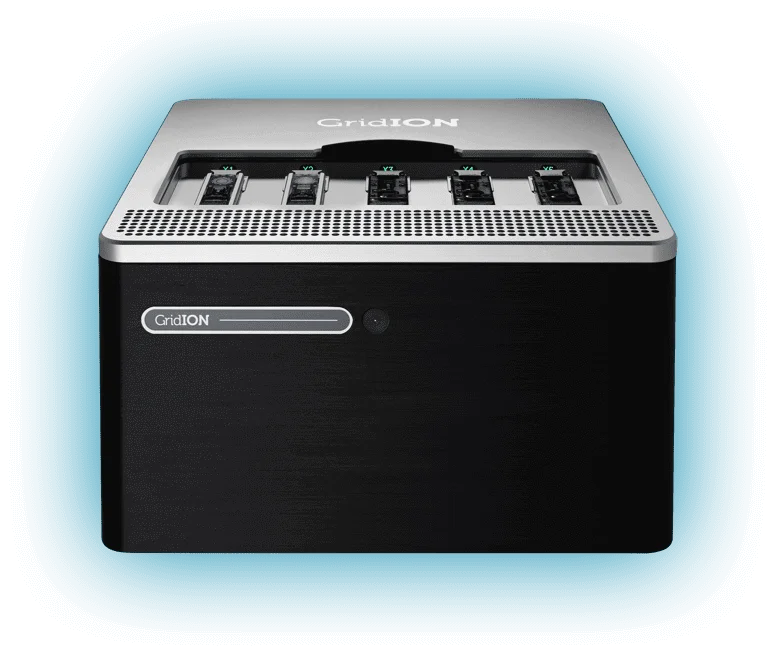Platform solution
)
Multidimensional insights.
In one go.
Highly accurate genomic data captures more types of genetic variation
)
Unlock the deepest level of multiomic insights on a single technology
- High-accuracy, direct sequencing of native DNA and RNA
- Built-in modification and best-in-class methylation detection
- Full-length transcript isoforms at single-cell resolution
- Complete genome assemblies, including dark regions
)
Elevate routine molecular analysis with an all-in-one platform
- Any read length — short to ultra long: 50 bp to >4 Mb
- SNV accuracy comparable to short-read sequencing
- Phasing, structural variants, and isoform detection inaccessible to legacy technologies
)
Harness expanding platform capabilities through consumable and software upgrades
- Platform evolution is enabled via flow cell, kit, and software upgrades
- Updates are designed for existing device compatibility
Explore accuracy
What to expect from the nanopore sequencing system, and which tools to choose to achieve these results.
Learn how it works
All about nanopore sequencing technology and how it works. Understand nanopores and what drives unlimited read length and full scalability.
Discover the output range.
Explore the nanopore sequencing solution
Nanopore technology makes sequencing accessible to a diverse user community, from high school citizen scientists to individual research groups, genomic service facilities, and up to production-scale genomic programmes. At our core is innovation, which we develop into sample-to-answer solutions enabled by our commitment to customer support. Whether you want to sequence out in the field or on the lab bench, nanopore sequencing gives you rapid, scalable, and affordable access to rich genomic insights.
)
Scientists are using Oxford Nanopore sequencing to explore biology, accelerate discovery, and drive advances in fields from human health and disease to the environment and conservation.
)
Training and support
Available online on-demand or onsite at either Oxford Nanopore or your own lab — enabling you to get started quickly
)
License and warranty
Designed to ensure optimal device performance and functionality by providing the most up-to-date hardware and software.
)
)
)
)
)
)











